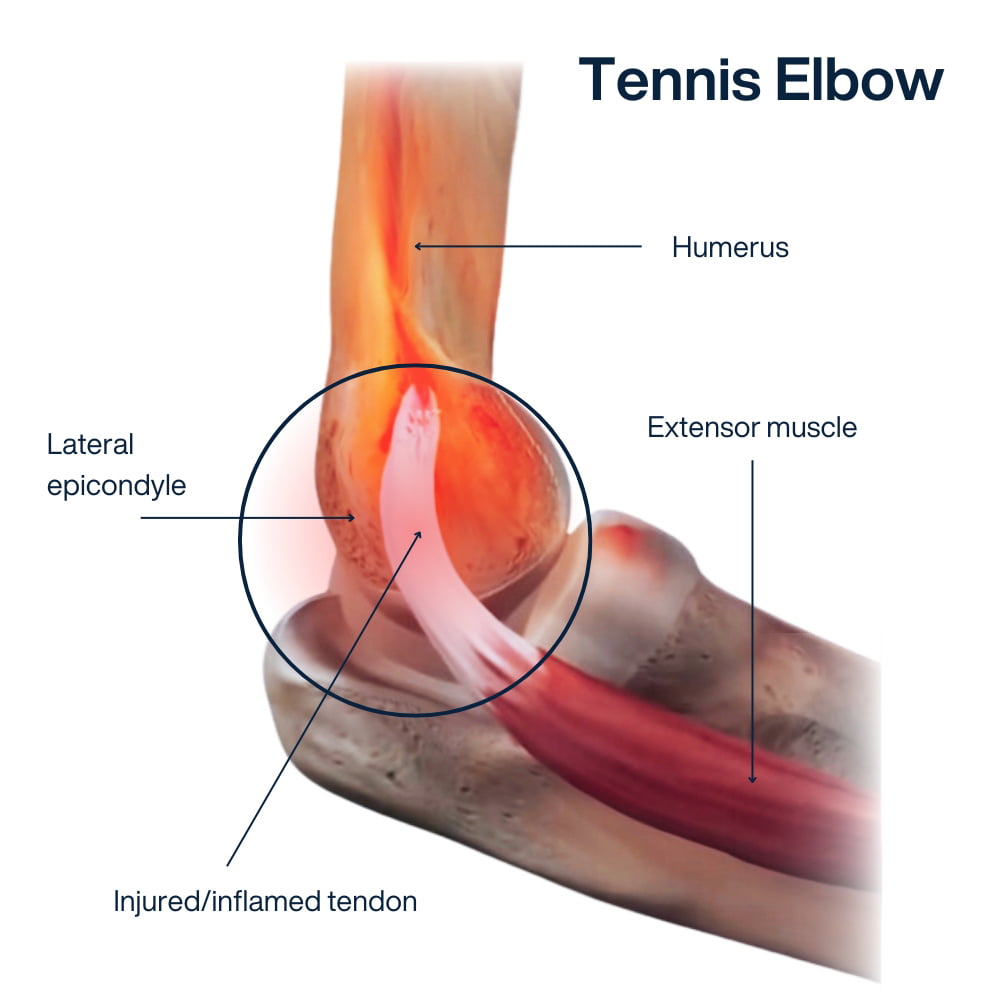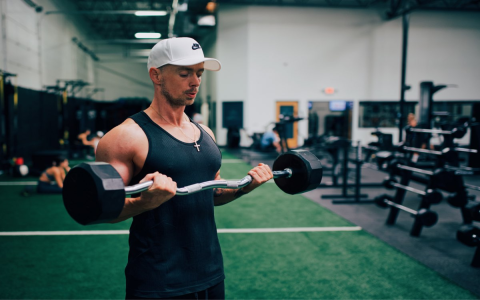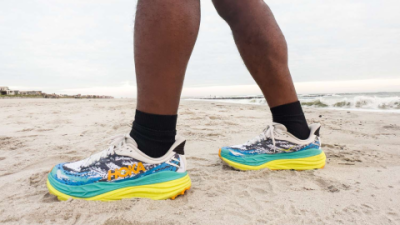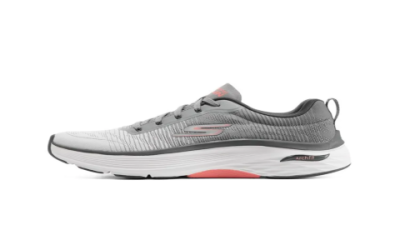Finding yourself unable to straighten your arms can be both frustrating and worrying. This limitation often signals underlying issues that need attention. In this article, we’ll explore why you can’t straighten arms, uncover common causes, and offer practical relief tips to help you regain full movement and reduce elbow pain effectively.
Understanding Why You Can't Straighten Arms
When you notice that your elbow won’t fully extend, it’s usually due to stiffness, pain, or mechanical blockage. This symptom can arise from various conditions, including injuries, inflammation, or nerve issues. For instance, a dislocated or hyperextended elbow joint, fractures around the elbow bones, or severe tendon inflammation can all restrict arm extension.
Interestingly, elbow stiffness often develops after trauma such as fractures or dislocations, or even after surgery. Scar tissue and bony growths around the joint may physically block full extension. In our team's case review, patients with post-traumatic elbow stiffness showed significant improvement after targeted mobilization exercises and splinting, highlighting the importance of early intervention.

Common Causes of Inability to Straighten Arms
- Post-injury stiffness: Following fractures or dislocations, scar tissue can limit movement.
- Tendon inflammation: Conditions like tennis elbow or golfer’s elbow cause pain and swelling that restrict extension.
- Muscle soreness after workouts: Delayed-onset muscle soreness (DOMS) and inflammation can temporarily prevent straightening.
- Nerve swelling or entrapment: Swelling near the ulnar nerve can cause pain and movement limitations.
How Inflammation and Muscle Soreness Affect Arm Extension
After intense exercise, especially involving eccentric muscle contractions (where muscles lengthen under tension), you might experience soreness and swelling that make it hard to straighten your arms. This happens because inflammation pushes on nerve fibers, signaling your brain to limit movement to protect the injured tissue.
However, it is worth noting that this is a natural part of muscle repair. The increased blood flow brings nutrients needed for healing, though it may temporarily reduce your range of motion. For example, after heavy bicep curls, it’s common to feel stiffness for a few days.
Relieving Post-Workout Arm Stiffness
To ease soreness and regain motion, try these steps:
- Rest your arms and avoid heavy lifting for 1- days.
- Apply cold therapy with ice packs for 15- minutes several times daily to reduce inflammation.
- Gently stretch your elbows by clasping your hands and pushing your elbows upward to loosen tight muscles.
- Gradually resume light exercises to increase blood flow and reduce stiffness.
- Stay hydrated and consume anti-inflammatory foods like turmeric and omega- rich fish.
Post-Traumatic Elbow Stiffness: Management and Recovery
Elbow stiffness following trauma is a common cause of inability to straighten arms. The range of motion (ROM) needed for daily activities is at least 30°–130° of flexion-extension. Patients with severe stiffness often require a combination of treatments including physical therapy, splinting, and sometimes surgery.
According to recent studies, both dynamic and progressive-static splints effectively improve elbow stiffness by about 36°–40° in range of motion, with no significant difference between the two methods. Choosing the right orthotic device depends on patient comfort and physician recommendation.
Comparison of Elbow Stiffness Treatments
| Treatment | Effectiveness (ROM Improvement) | Pain Reduction | Patient Comfort | Recovery Time |
|---|---|---|---|---|
| Dynamic Splints | ~37° | Good | Generally well tolerated; some discomfort reported | 6- months |
| Progressive-Static Splints | ~36° | Good | High comfort; some patients prefer over dynamic splints | 6- months |
Step-by-Step Guide to Regain Arm Extension
Whether stiffness is due to injury or overuse, following a structured recovery plan is key. Here’s a practical guide to help you regain the ability to straighten your arms:
- Consult a healthcare professional: Get a proper diagnosis to rule out fractures or nerve damage.
- Follow the RICE protocol: Rest, Ice, Compression, and Elevation to manage acute symptoms.
- Start gentle range of motion exercises: Slowly bend and straighten your elbow within pain limits.
- Use splints or braces: Support your elbow during recovery to prevent further injury and promote healing.
- Progress to strengthening exercises: Incorporate resistance training and stretching to rebuild muscle and tendon strength.
Common Misconceptions About Elbow Pain and Stiffness
When to Seek Medical Attention
If you experience severe pain, swelling, discoloration, or an inability to move your elbow at all, immediate medical evaluation is crucial. Ignoring these signs could lead to permanent damage.
However, if symptoms are mild and related to muscle soreness or minor inflammation, conservative management with rest, ice, and gradual exercise usually suffices. In our team's experience, patients who adhered to a guided exercise program showed faster recovery and less long-term stiffness.
Conclusion
Not being able to straighten your arms can stem from various causes, from workout soreness to serious injuries. Understanding the root cause is essential for effective treatment. By combining rest, proper therapy, and gradual strengthening, most people can regain full arm extension and reduce elbow pain.
Remember, early intervention and consistent care make a big difference. If in doubt, always consult a healthcare professional to avoid complications.




